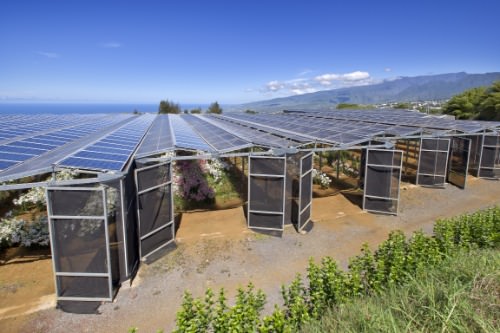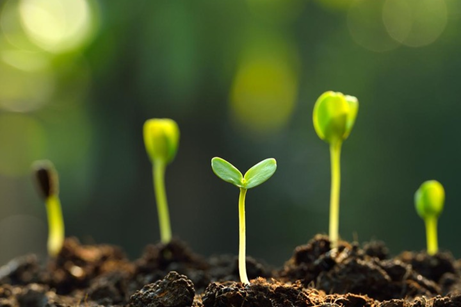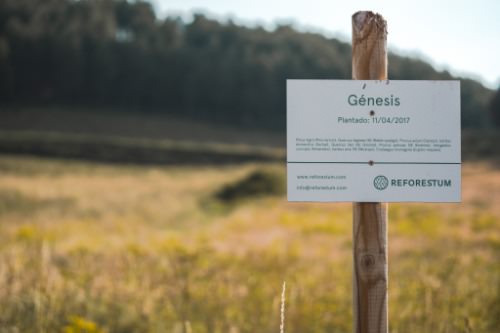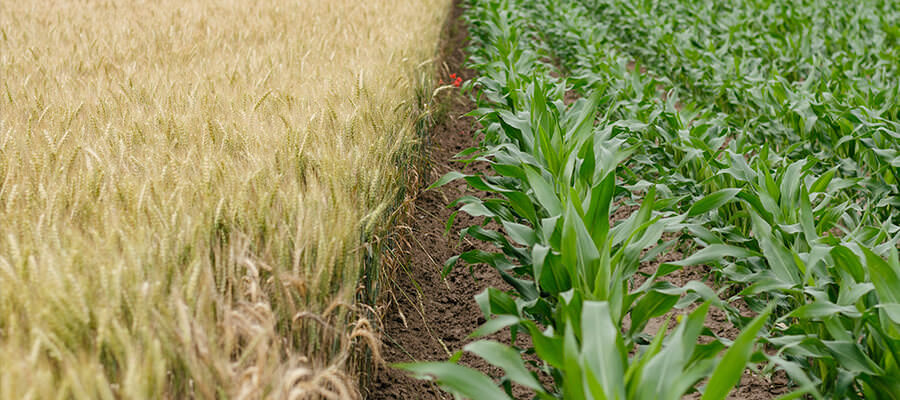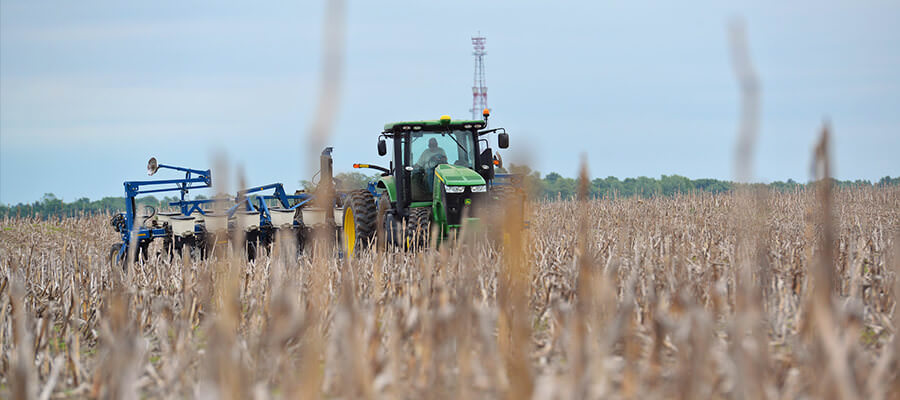Sustainable agriculture
How to shape the future of farming?
Find out about the importance of sustainable agriculture, potential solutions to achieve it and how you can contribute. The future of farming is here!
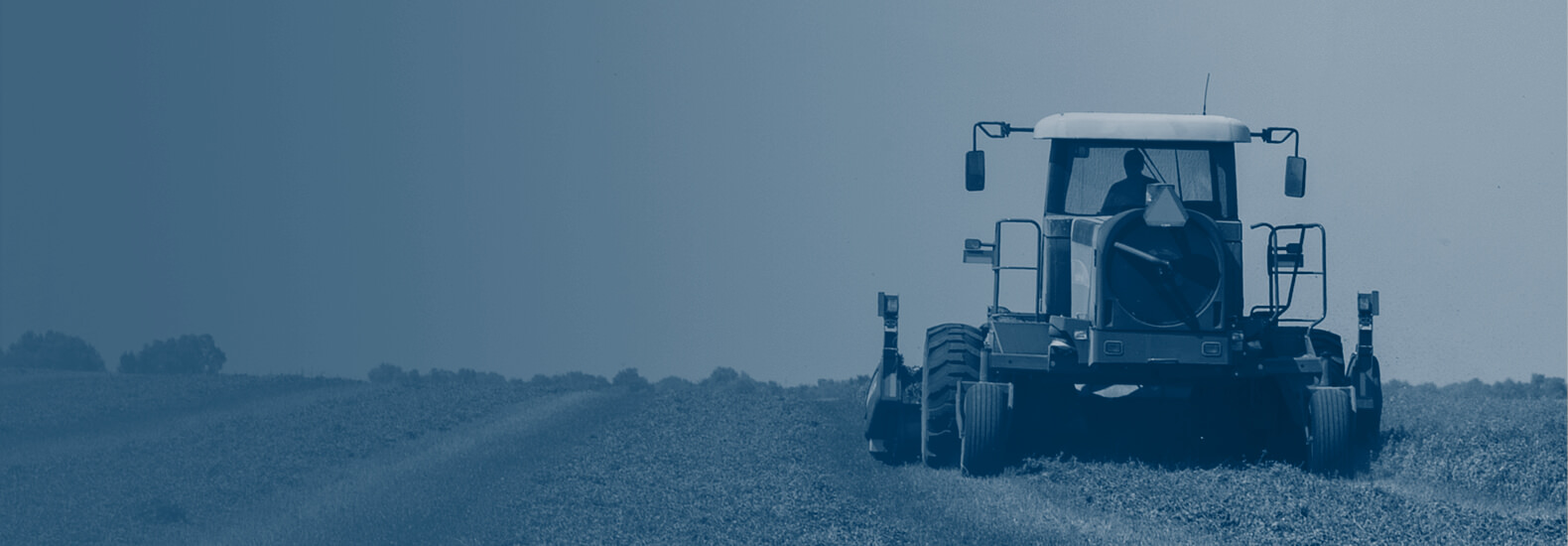
Agriculture is the world's largest industry. Intensive agriculture as it has been practiced since the 1960s has very high yields, but depletes the soil and pollutes the environment: greenhouse gas emissions, biodiversity loss, ocean acidification, etc.
The recent awareness of the limits of natural resources and pollution of soil, air and water, is pushing for sustainable farming. What are sustainable agriculture solutions?
01. Solutions
Sustainable agriculture solutions
The Solar Impulse Label is granted to innovative sustainable agriculture solutions that meet high standards of sustainability and profitability.
Each solution goes through a strict assessment process performed by independent experts.
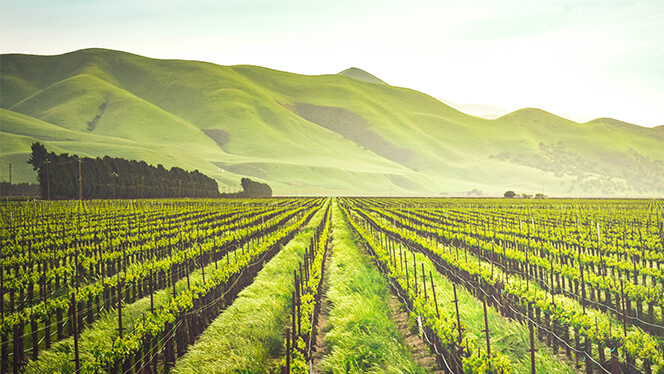
02. Definition
What is sustainable agriculture?
Green agriculture is the application of the sustainable development principles to agriculture: ensuring the production of food, wood and fibers while respecting the ecological, economic and social limits that ensure the durability of this production. For instance, sustainable farming minimises the use of pesticides that can harm the health of farmers and consumers.
Key principles are linked to sustainable agriculture:
- 1. Develop efficient, self-sufficient and economical production systems that provide decent incomes
- 2. Preserve and protect biodiversity and territories
- 3. Optimize the use of natural resources
- 4. Manage the quality of air, water and soil
- 5. Increase energy efficiency in food production and distribution
03. Methods
Sustainable agriculture practices
Sustainable farming methods include:
Smart farming and precision agriculture play a crucial part in sustainable agriculture, using big data and new technologies such as IoT, drone imagery and smartphone apps to harvest as much matter and products as possible, while consuming less energy and inputs (fertilizers, phytosanitary products, water).
04. Benefits
Sustainable agriculture advantages
The 3 main goals and benefits of sustainable farming are:

Environmental protection
The first advantage of sustainable agriculture is the protection of the environment, reducing erosion and natural resource degradation, improving air and water quality, increasing biodiversity, as well as decreasing carbon emissions.

Public health improvement
Sustainable agriculture don’t use hazardous pesticides and fertilizers. As a result, farmers are able to produce safer and healthier food for consumers and surrounding communities.

Economic and social equity
Another benefit of sustainable farming methods is that they provide decent income, but also jobs, food and other goods and services for the majority of people now living in poverty. Besides, it allows to boost rural territories and create social links between the rural and urban world.

05. Challenges
Sustainable agriculture challenges

1. Food security and productivity
Sustainable agriculture will have to prove itself facing with intensive agriculture. Even though it is more reasonable, it cannot offer the same short-term returns. With the growing population and the persistently high levels of hunger and malnutrition, sustainable agriculture yields need to address the food security issue by producing more in less time, while using fewer natural resources.

2. Natural resources availability
The other big challenge that green agriculture is facing is undoubtedly the rapid degradation and depletion of natural resources.
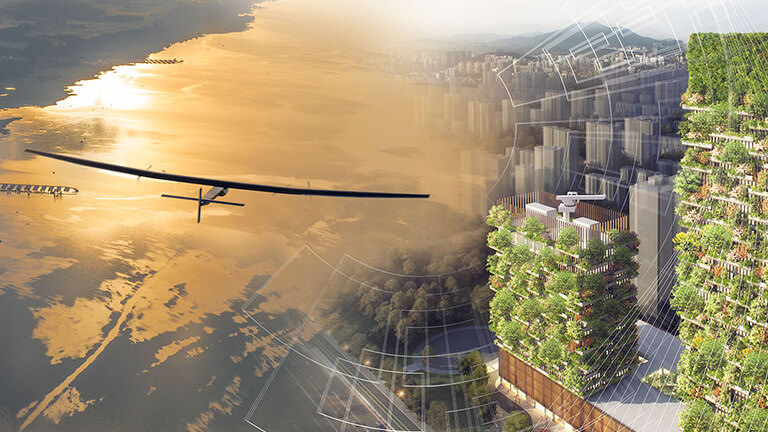
A challenge, #1000 Solutionsto change the world

A label focused on both the environment and profitability.
For the first time a label proves the economic profitability of solutions that protect the environment. The Solar Impulse Foundation is selecting 1,000 solutions that protect the environment in a profitable way and awarding them the Solar Impulse Efficient Solutions Label.
Collaborating with independent experts and with renowned institutions, the World Alliance proposes to evaluate its members solutions free of charge. The Solar Impulse Efficient Solutions label will offer a competitive edge to innovators and a guarantee of quality to solution seekers.

A label focused on both the environment and profitability.
























